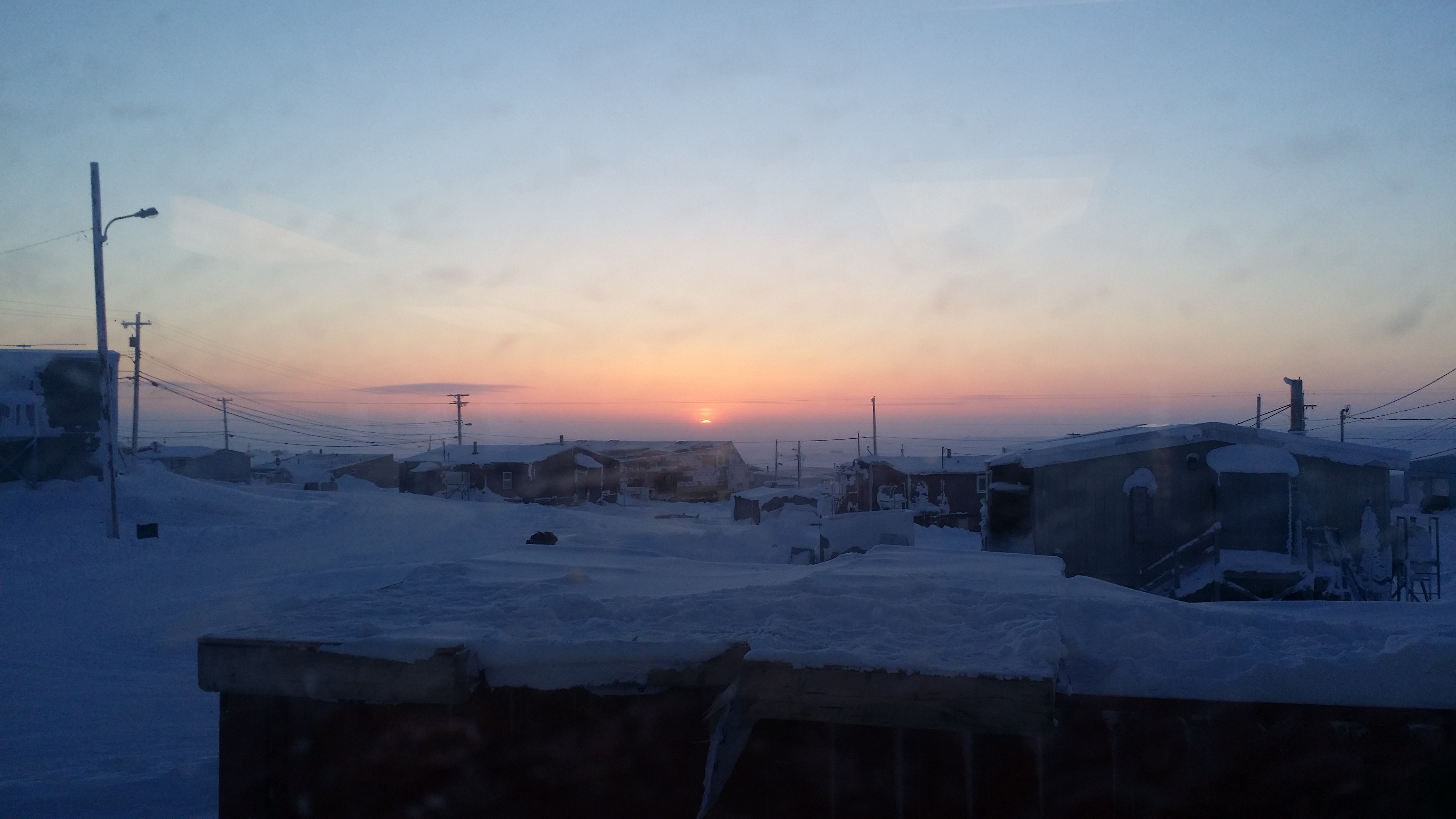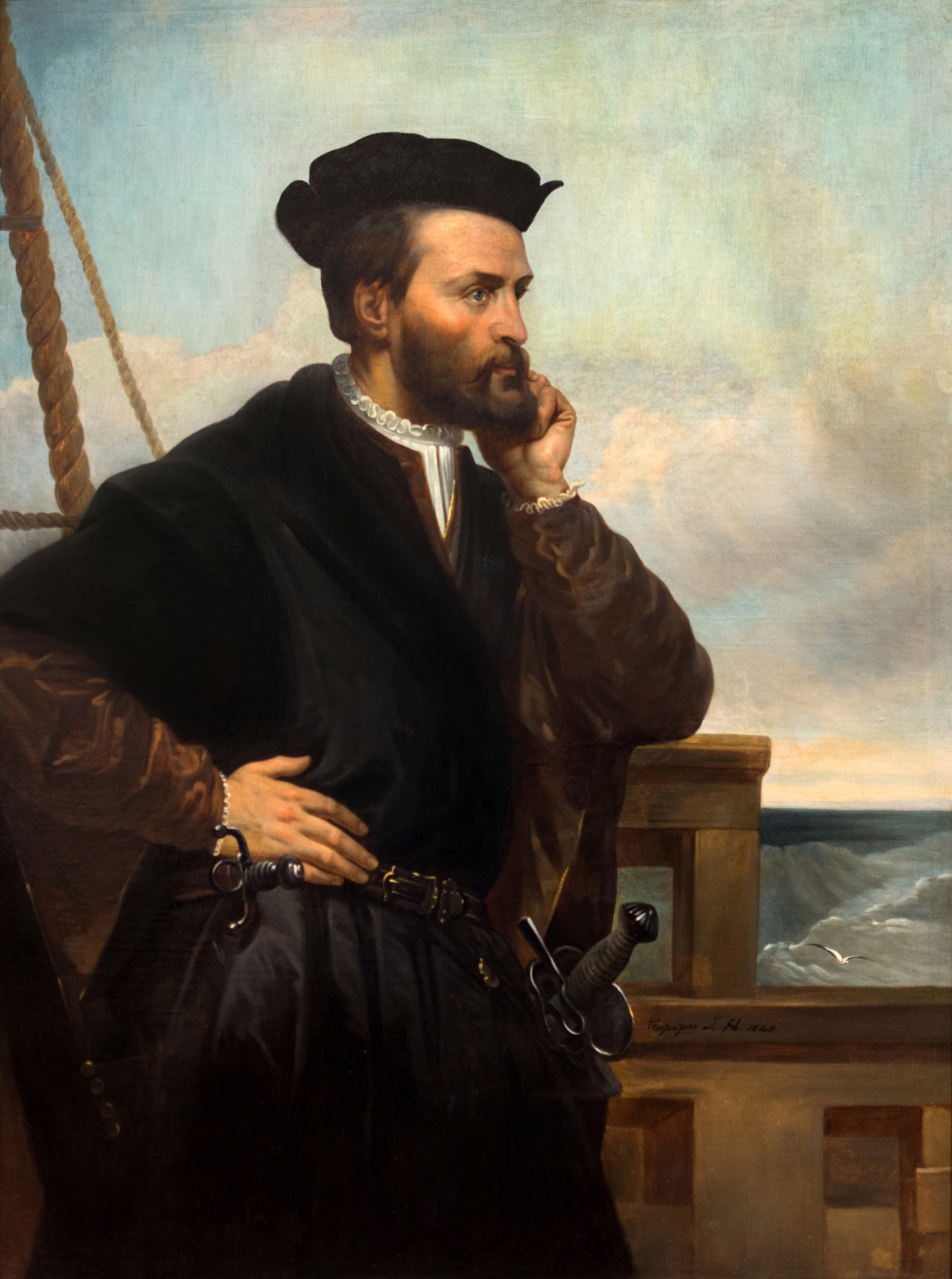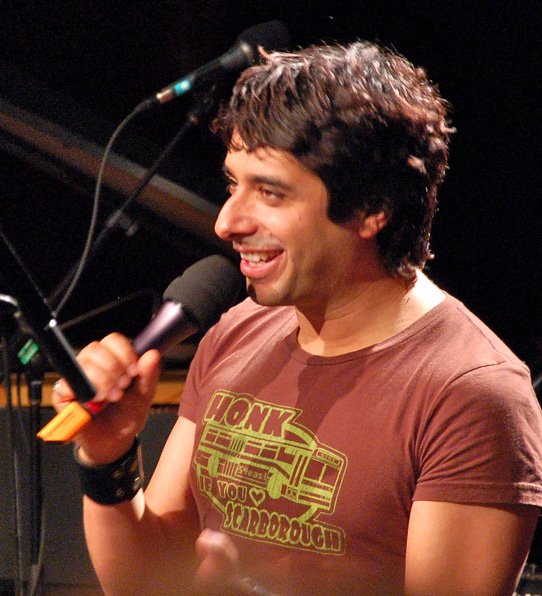|
CBQR-FM
CBQR-FM is a Canadian radio station, broadcasting at 105.1 FM in Rankin Inlet, Nunavut. It is a station of the Canadian Broadcasting Corporation. History The station launched in 1971 when it began broadcasting as CBQR on 1110 kHz. In 1973, CBQR moved to 1160 and remained on that frequency until it moved to 105.1 MHz in 1987. Local programming CBQR-FM carries the Nunavut regional radio service of CBC North, much of which originates at CFFB Iqaluit. The afternoon program ''Tusaajaksat'', which focuses on the Kivalliq Region, originates from CBQR. Some of the CBC North regional programs air in both English and Inuktitut, others are only in Inuktitut. The station also differs significantly from the main CBC Radio One schedule. ''Qulliq'' airs until 9 a.m. Central Time and is followed by abbreviated broadcasts of '' The Current'' and '' q''. In the afternoons, programming in Inuktitut, including ''Tausunni'' from Iqaluit and ''Tuttavik'' from the CBC North bureau in ... [...More Info...] [...Related Items...] OR: [Wikipedia] [Google] [Baidu] |
CFFB (AM)
CFFB is a Canadian radio station, broadcasting at 1230 AM. It operates a nested FM rebroadcasting transmitter, CFFB-FM-3 at 91.1 MHz in Iqaluit, Nunavut. The station broadcasts the programming of the CBC Radio One network, and serves as the regional network centre for Nunavut for the CBC North service. The local station began broadcasting on February 6, 1961. According to the Canadian Communications Foundation, the station was operating on 1200 kHz by 1966, until the station was approved to move to 1210 in 1971 but was moved to its current frequency at 1230 instead. The ''FB'' in the callsign stands for Frobisher Bay, which was renamed Iqaluit in 1987. The station operates from the CBC Building at the Astro Hill Complex in the centre of Iqaluit. With the advent of the Anik A series of communications satellites in the 1970s, CFFB was transformed from a local station to the regional production centre for northern CBC stations serving Canada's Eastern Arctic. Satellite dis ... [...More Info...] [...Related Items...] OR: [Wikipedia] [Google] [Baidu] |
CBC North
CBC North (; ; ) is the Canadian Broadcasting Corporation's radio and television service for the Northwest Territories, Nunavut, and Yukon of Northern Canada as well as Eeyou Istchee and Nunavik in the Nord-du-Québec region of Quebec. History The genesis of CBC North began in 1923 when the Royal Canadian Corps of Signals established a radiotelegraph system linking Dawson City and Mayo in Yukon with Alaska, British Columbia, and Alberta. Other settlements in Northern Canada were soon connected, forming the Northwest Territories & Yukon (NWT&Y) Radio System. While the original purpose of the NWT&Y Radio System was to provide a means of communication among military personnel and commercial interests in far-flung corners of remote Northern Canada, the system came to be used for the transmission of general information and entertainment to the civilian population as well. Over the subsequent three decades, this ancillary role of the NWT&Y Radio System led to the developmen ... [...More Info...] [...Related Items...] OR: [Wikipedia] [Google] [Baidu] |
CBC Radio One
CBC Radio One is the English-language news and information radio network of the publicly owned Canadian Broadcasting Corporation. It is commercial-free and offers local and national programming. It is available on AM and FM to 98 percent of Canadians and overseas over the Internet, and through mobile apps. CBC Radio One is simulcast across Canada on Bell Satellite TV satellite channels 956 and 953, and Shaw Direct satellite channel 870. A modified version of Radio One, with local content replaced by additional airings of national programming, is available on Sirius XM channel 169. It is downlinked to subscribers via SiriusXM Canada and its U.S.-based counterpart, Sirius XM Satellite Radio. In 2010, Radio One reached 4.3 million listeners each week. It was the largest radio network in Canada. History CBC Radio began in 1936, and is the oldest branch of the corporation. In 1949, the facilities and staff of the Broadcasting Corporation of Newfoundland were transferred ... [...More Info...] [...Related Items...] OR: [Wikipedia] [Google] [Baidu] |
Inuktitut Language
Inuktitut ( ; , syllabics ), also known as Eastern Canadian Inuktitut, is one of the principal Inuit languages of Canada. It is spoken in all areas north of the North American tree line, including parts of the provinces of Newfoundland and Labrador, Quebec, to some extent in northeastern Manitoba as well as the Northwest Territories and Nunavut. It is one of the aboriginal languages written with Canadian Aboriginal syllabics. It is recognized as an official language in Nunavut alongside Inuinnaqtun and both languages are known collectively as '' Inuktut''. Further, it is recognized as one of eight official native tongues in the Northwest Territories. It also has legal recognition in Nunavik—a part of Quebec—thanks in part to the James Bay and Northern Quebec Agreement, and is recognized in the Charter of the French Language as the official language of instruction for Inuit school districts there. It also has some recognition in NunatuKavut and Nunatsiavut—the Inuit ar ... [...More Info...] [...Related Items...] OR: [Wikipedia] [Google] [Baidu] |
CBC Radio One Stations
CBC may refer to: Media * Cadena Baja California or Grupo Cadena, a radio and television broadcaster in Mexico * Canadian Broadcasting Corporation, Canada's radio and television public broadcaster ** CBC Television ** CBC Radio One ** CBC Music ** CBC News ** CBC.ca ** CBC Arts ** Canadian Broadcasting Centre ** CBC Sports * Capital Broadcasting Center, an Egyptian television broadcasting channel * Caribbean Broadcasting Corporation, a national radio and TV broadcaster operated by the state-owned broadcasting corporation of Barbados ** CBC-TV8, the oldest broadcast station in Barbados * CBC Benna, an Algerian television channel * CBC Film Sales Corporation, an American film studio later renamed as Columbia Pictures * Chubu-Nippon Broadcasting, a radio station and a TV station in Nagoya, Japan *'' Comments by Celebs'', an Instagram account and podcast highlighting celebrities' use of social media * Capitol Broadcasting Company * CBC (Azerbaijani TV channel), an Azerbaijani televis ... [...More Info...] [...Related Items...] OR: [Wikipedia] [Google] [Baidu] |
Canadian Communications Foundation
The Canadian Communications Foundation (CCF) was a Canadian nonprofit organization which documented the history of broadcasting in Canada, particularly radio and television networks, programs and broadcasters. The organization was established in 1967 and announced that it would begin wrapping up its work in 2023. Since 1995, the organization distributed its collection via its website. The CCF was established in 1967 by the Canadian Association of Broadcasters. Its mission: to "commemorate throughout Canada the development of electronic communications". By 2020, the foundation started to wind down as its original mission was largely accomplished. The foundation's collected materials included interviews with broadcasters who had helped shape Canada's broadcast industry, a history of television stations, a Hall of Fame for broadcasters, and a collection of research articles on broadcasting in Canada. See also *Canadian Association of Broadcasters The Canadian Association of Bro ... [...More Info...] [...Related Items...] OR: [Wikipedia] [Google] [Baidu] |
Taloyoak
Taloyoak or Talurjuaq (Inuktitut syllabics: ᑕᓗᕐᔪᐊᖅ ), formerly known as Spence Bay until 1 July 1992, although the body of water on which it is situated continues to be known as Spence Bay — same as the body of water on which Iqaluit is situated continues to be known as Frobisher Bay — ( 2021 population 934) is located on the Boothia Peninsula, in the Kitikmeot Region of Nunavut, Canada. The community is served only by air and by annual supply sealift. Taloyoak, the northernmost community in mainland Canada, in Inuktitut means "large blind", referring to a stone caribou blind or a screen used for caribou hunting. The community is situated east of the regional centre of Cambridge Bay, northeast of Yellowknife, Northwest Territories. Demographics In the 2021 Canadian census conducted by Statistics Canada, Taloyoak had a population of 934 living in 203 of its 251 total private dwellings, a change of from its 2016 population of 1,029. With a land area o ... [...More Info...] [...Related Items...] OR: [Wikipedia] [Google] [Baidu] |
Gjoa Haven
Gjoa Haven (; Inuktitut: Uqsuqtuuq, syllabics: ᐅᖅᓱᖅᑑᖅ , meaning "lots of fat", referring to the abundance of sea mammals in the nearby waters; or �ʒɔa evən is an Inuit hamlet in Nunavut, above the Arctic Circle, located in the Kitikmeot Region, northeast of Yellowknife, Northwest Territories. It is the only settlement on King William Island. Etymology The name Gjoa Haven is from the Norwegian or "Gjøa's Harbour"; it was named by early 20th-century polar explorer Roald Amundsen after his ship '' Gjøa.'' History In 1903, the Norwegian explorer Roald Amundsen had entered the area on his ship ''Gjøa'' in an expedition intending to travel through the Northwest Passage. By October the straits through which he was travelling began to ice up. Amundsen put ''Gjøa'' into a natural harbour on the southeast coast of King William Island. He stayed there, in what Amundsen called "the finest little harbor in the world", for nearly two years. He and his crew spent m ... [...More Info...] [...Related Items...] OR: [Wikipedia] [Google] [Baidu] |
Arviat
Arviat (, Inuktitut syllabics, syllabics: ᐊᕐᕕᐊᑦ; formerly called Eskimo Point until 1 June 1989) is a predominantly Inuit Hamlet (place)#Canada, hamlet located on the western shore of Hudson Bay in the Kivalliq Region of Nunavut, Canada. Arviat ("place of the bowhead whale") is derived from the Inuktitut word ''arviq'' meaning "Bowhead whale". Earlier in history, its name was ''Tikirajualaaq'' ("a little long point"), and ''Ittaliurvik'' ("a place where the people make tents"). Demographics In the 2021 Canadian census conducted by Statistics Canada, Arviat had a population of 2,864 living in 632 of its 694 total private dwellings, a change of from its 2016 population of 2,657. With a land area of , it had a population density of in 2021. Community Arviat is the southernmost community on the Nunavut mainland and is close to the geographical centre of Canada. In Arviat, Inuktitut and English are primarily spoken, having the third largest population in Nunavut, b ... [...More Info...] [...Related Items...] OR: [Wikipedia] [Google] [Baidu] |
Quebec
Quebec is Canada's List of Canadian provinces and territories by area, largest province by area. Located in Central Canada, the province shares borders with the provinces of Ontario to the west, Newfoundland and Labrador to the northeast, New Brunswick to the southeast and a coastal border with the territory of Nunavut. In the south, it shares a border with the United States. Between 1534 and 1763, what is now Quebec was the List of French possessions and colonies, French colony of ''Canada (New France), Canada'' and was the most developed colony in New France. Following the Seven Years' War, ''Canada'' became a Territorial evolution of the British Empire#List of territories that were once a part of the British Empire, British colony, first as the Province of Quebec (1763–1791), Province of Quebec (1763–1791), then Lower Canada (1791–1841), and lastly part of the Province of Canada (1841–1867) as a result of the Lower Canada Rebellion. It was Canadian Confederation, ... [...More Info...] [...Related Items...] OR: [Wikipedia] [Google] [Baidu] |
Kuujjuaq
Kuujjuaq (; or ), formerly known as (ᓲᐃᕙᐅᖃᔾ) and by #Names, other names, is a former Hudson's Bay Company outpost at the mouth of the Koksoak River on Ungava Bay that has become the largest northern village (Quebec), northern village (Inuit community) in the Nunavik region of Quebec, Canada. It is the administrative capital of the Kativik Regional Government. Its population was 2,668 as of the Canada 2021 Census, 2021 census. Names Kuujjuaq was founded as Fort Good Hope in 1830 but in 1831 changed its name to Fort Chimo, an anglicization of an Inuit languages, Inuit word , meaning "Let's shake hands" and also likely to avoid confusion with Fort Good Hope operated by the Hudson's Bay Company (HBC) in the Northwest Territories. As this was a common greeting locals used with the HBC fur traders, they adopted it as the name of their trading post. A fictional account of this naming is given in the 1857 novel ''Ungava'' by R. M. Ballantyne, where it is taken from a g ... [...More Info...] [...Related Items...] OR: [Wikipedia] [Google] [Baidu] |
Q (radio Show)
''q with Tom Power'' (previously known as ''Q with Jian Ghomeshi'') is a Canadian arts magazine show produced by and airing on CBC Radio One, with syndication to public radio stations in the United States through Public Radio Exchange. The program mainly features interviews with prominent cultural and entertainment figures, though subjects and interviewees also deal with broader cultural topics such as their social, political and business aspects. Though not the highest-rated show on CBC Radio One ('' The Current'' and '' As It Happens'' hold that distinction), ''Q'' is the highest rated show in its timeslot in CBC history, surpassing even Peter Gzowski who previously hosted the second hour of '' Morningside'' during the slot. The show is also regarded as standing out in CBC Radio One's schedule through attracting a younger, more social-media-adept audience than other CBC Radio programming. [...More Info...] [...Related Items...] OR: [Wikipedia] [Google] [Baidu] |



